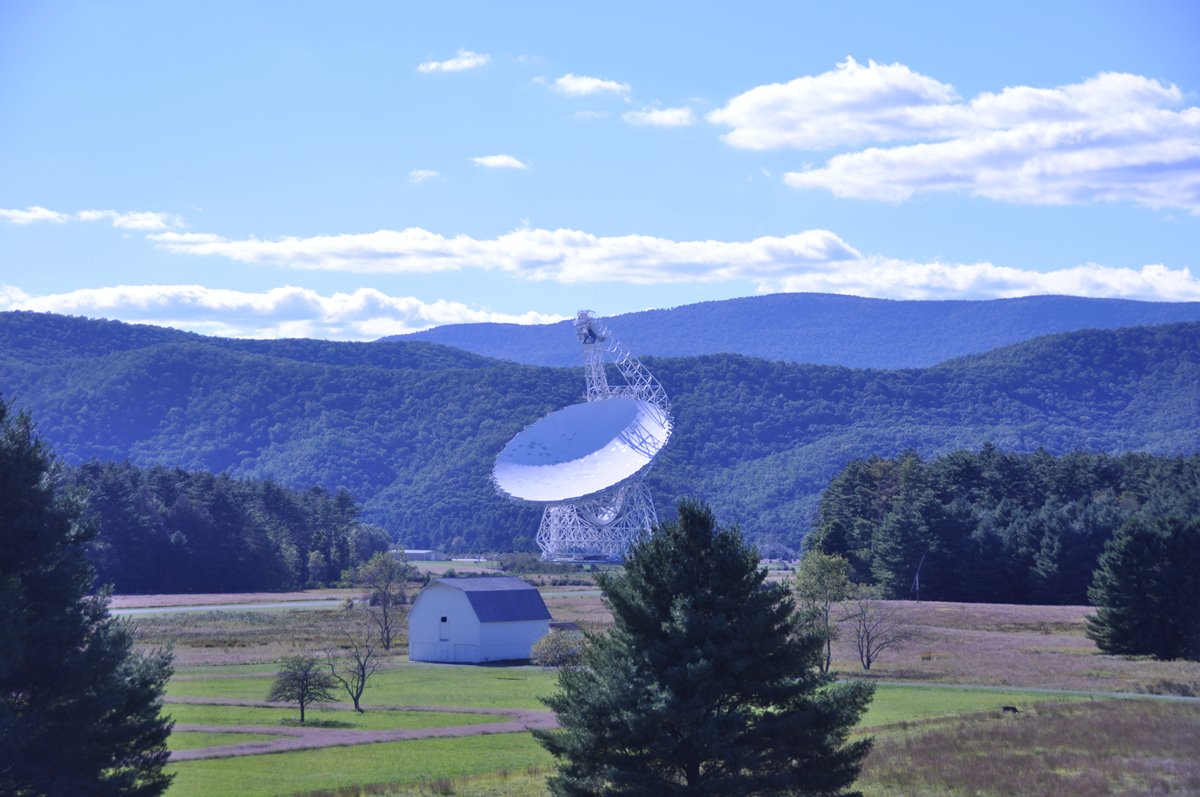Ashwani Gupta and Lijie Grace Zhang to be Honored at This Year’s IMECE
Ashwani Gupta and Lijie Grace Zhang to be Honored at This Year’s IMECE
Nov. 4, 2016

The accomplishments and contributions of nine of the engineering profession’s leading innovators will be celebrated later this month at the annual ASME Honors Assembly, to be held during the 2016 ASME International Mechanical Engineering Congress and Exposition (IMECE 2016) in Phoenix, Ariz. Ashwani K. Gupta, Ph.D., and Lijie Grace Zhang, Ph.D., will be among the honorees who will be recognized at this year’s ceremony, which will take place Sunday, Nov. 13 from 7:00 p.m. to 8:00 p.m. at the Phoenix Convention Center.
Dr. Gupta, a distinguished university professor at the University of Maryland (UMD), will receive Honorary Membership in ASME — the highest level of Society membership — for his distinguished research and educational contributions, particularly those related to energy and environmental sustainability; for mentoring high school students; and for providing services to government and industry. First awarded in 1880, the founding year of the Society, Honorary Membership recognizes a lifetime of service to engineering or related fields.
Gupta, who has more than 40 years of experience in combustion engineering, is internationally recognized for his contributions to energy and environmental sustainability. A member of the UMD faculty since 1983, he has been a professor of mechanical engineering since 1988, and was appointed distinguished university professor in 2008. He is also the founder and director of the university’s Combustion Laboratory. His current responsibilities include teaching and research, and service to the community including research training of local high school students.
Before joining UMD, Gupta was a member of the research staff in the Energy Laboratory and department of chemical engineering at the Massachusetts Institute of Technology from 1977 to 1982. Prior to that, he served as a senior research associate and independent research worker in the chemical engineering and fuel technology department at Sheffield University in England and as a research engineer at International Combustion Ltd. in England.
Through his research, Gupta has contributed to the fundamental understanding of high temperature air combustion called HiTAC, which is now used in many industrial furnaces for significant energy savings, pollution and noise reduction and improved quality of the product. His current research focuses on the development of near zero emission combustion with uniform thermal field under high intensity combustion conditions for stationary gas turbines.
An ASME Fellow, Gupta currently serves as chair of the Power Division’s Fuels and Combustion Technologies (FACT) Committee. He previously served as chair of the Fuels and Combustion Technology Division from 1998 to 2000 and chair of the Computers and Information in Engineering (CIE) Division from 2002 to 2003. In addition, he was a member of the CIE Executive Committee from 1998 to 2003 and the Society’s Fellow Selection Committee from 1998 to 2008.
He has received a number of Society awards during his more than 25 years as an ASME member, including the George Westinghouse Gold Medal in 1998, the James Harry Potter Gold Medal in 2003, the James N. Landis Medal in 2004, the Worcester Reed Warner Medal in 2008, the Holley Medal in 2010 and the Melville Medal in 2013. In 2011, he was the recipient of the Percy W. Nicholls Award, a joint award from the ASME Power Division’s FACT Committee and the American Institute of Mining, Metallurgical and Petroleum Engineers’ Coal Division.

Dr. Zhang, an associate professor at The George Washington University, will also be honored during the ceremony this year. Zhang will receive ASME’s Sia Nemat-Nasser Early Career Award in recognition of her pioneering research in tissue engineering and biomechanics for the development of novel biologically inspired nanomaterials; and for research in the integration of nanobiomaterials with advanced 3D bioprinting for complex tissue and organ regeneration.
Established by the Materials Division in 2008 and elevated to a Society award in 2012, the Sia Nemat-Nasser Early Career Award honors research excellence in experimental, computational or theoretical aspects of mechanics of materials by young investigators within 10 years of receiving their Ph.D. degree.
Zhang is an associate professor in the department of mechanical engineering and aerospace engineering, the department of biomedical engineering, and the department of medicine at GW. She is also director of the Bioengineering Laboratory for Nanomedicine and Tissue Engineering. Zhang joined GW in 2010 after completing her postdoctoral training at Rice University and Harvard Medical School.
In her research, Zhang applies a range of interdisciplinary technologies and advanced approaches in 3D bioprinting, nanobiomaterials, tissue engineering, biomechanics and stem cells to design biologically inspired complex tissues such as neural, bone, cartilage, osteochondral and vascular tissues.
Zhang, an ASME member, serves on the Bioengineering Division’s Cellular and Tissue Engineering Committee. She has served in variety of capacities at the past three IMECEs, including session chair, topic organizer/co-organizer and symposium chair.
Zhang has received a number of honors, including the Society for Biomaterials’ STAR awards in 2007 and 2009, an Early Career Award from the International Journal of Nanomedicine in 2010, the American Society for Bone and Mineral Research’s John Haddad Young Investigator Award in 2011, the National Institutes of Health Director’s New Innovator Award in 2014, and the GW School of Engineering and Applied Science’s Faculty Recognition Award in 2014 and Outstanding Young Researcher Award in 2015. She was named a 2015 Cellular and Molecular Bioengineering (CMBE) Young Innovator by the Biomedical Engineering Society’s Cellular and Molecular Bioengineering journal.




